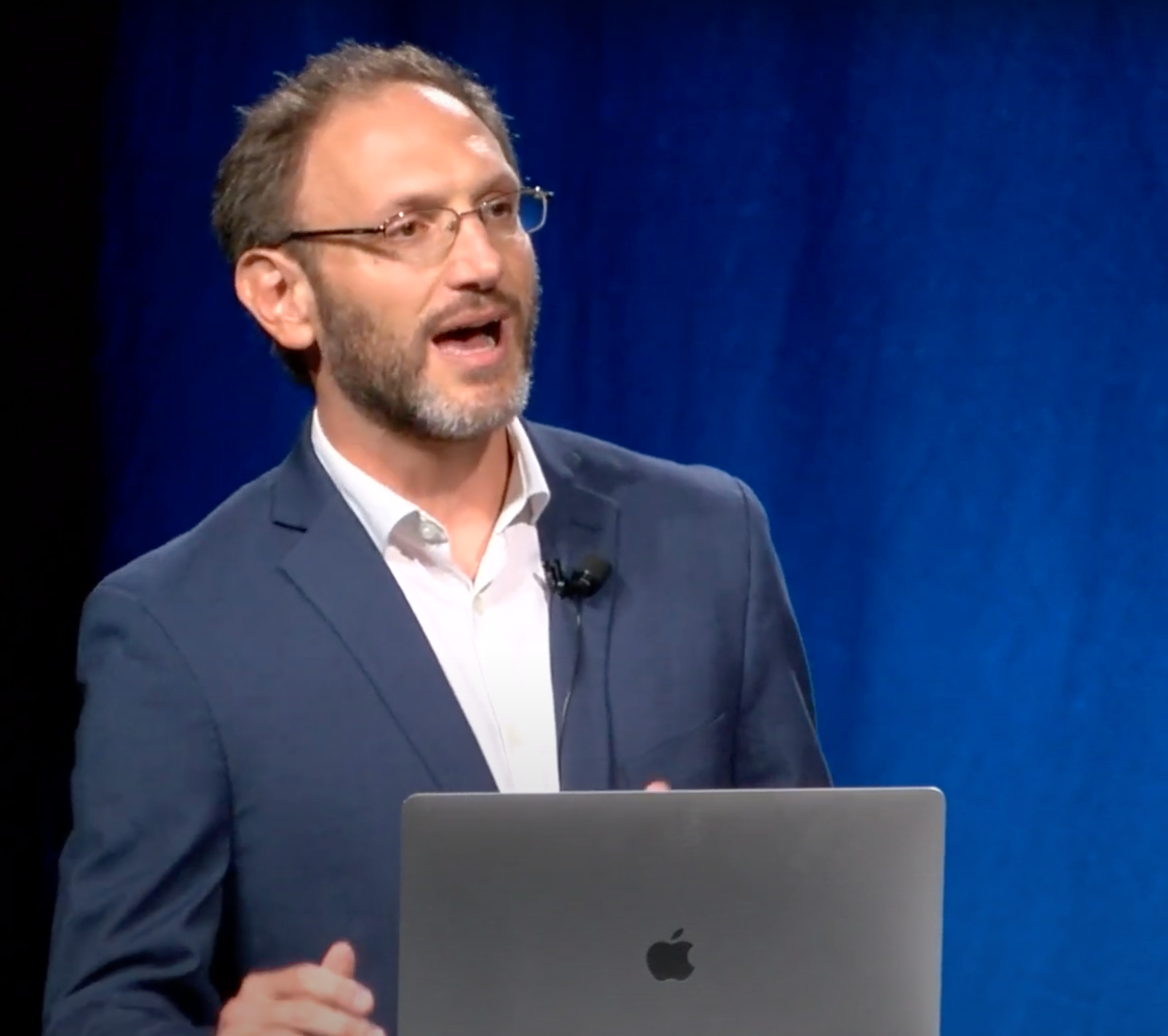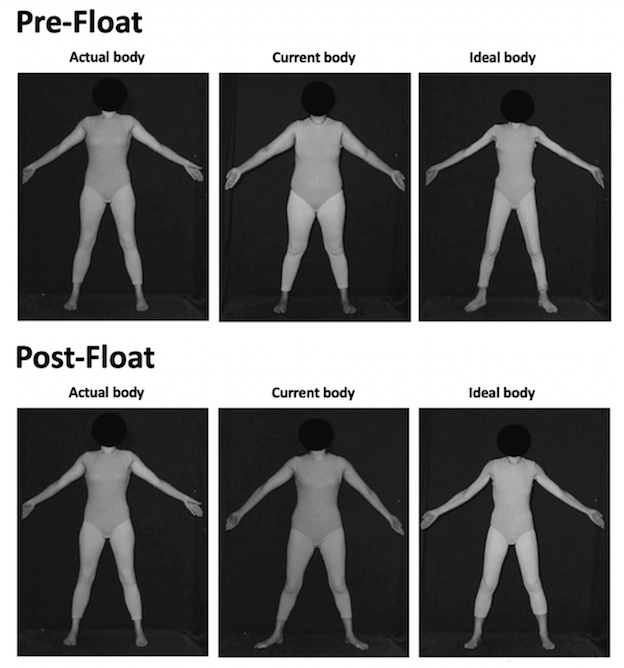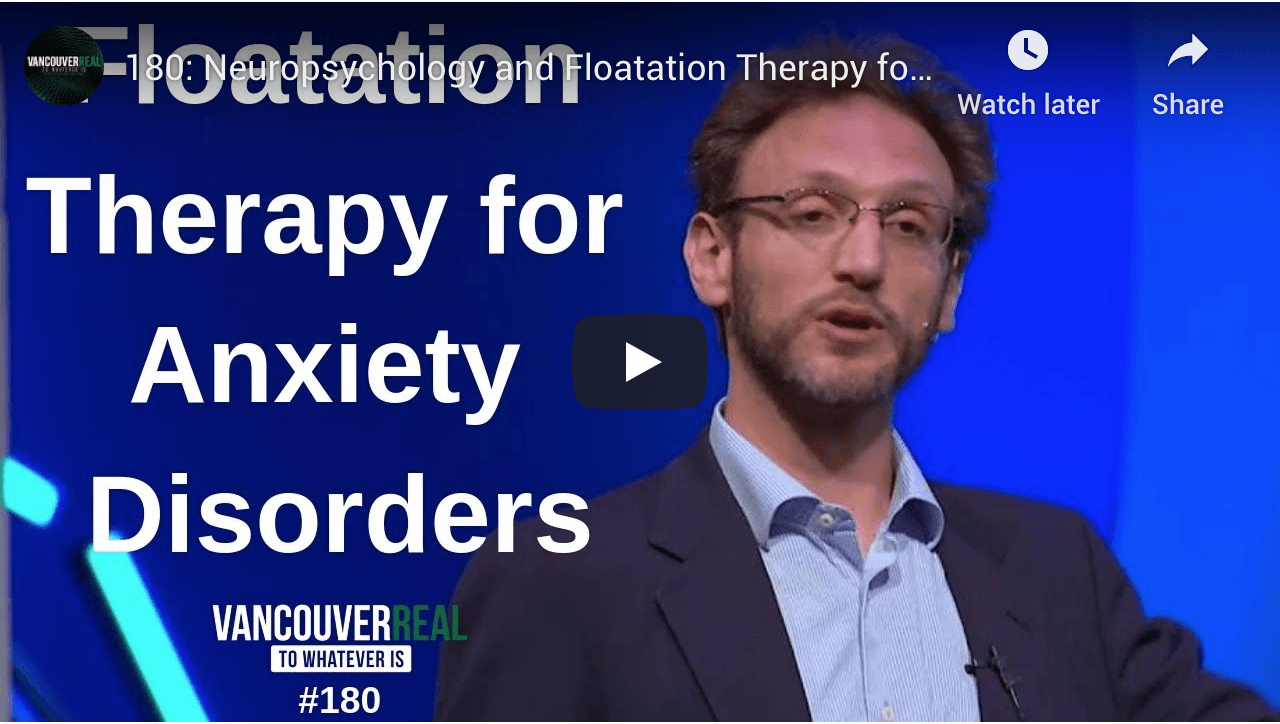By Clinical Floatation
•
November 13, 2020
"Once you get into the tank and have marvelled at your own buoyancy, flicked the lights on and off to see if you're scared (I am a bit, initially), and rolled around, everything relaxes. When your thumb has stopped involuntarily scrolling, and your brain stops telling you to refresh your emails, you relax your shoulders, unclench your jaw, move your neck around, straighten your back, release your tongue from the roof of your mouth, and loosen your hands. Related: Thinking of joining a book club? It may improve your wellbeing And when you've really settled in, and you're floating, naked and spread out like a starfish in a silent, black pod with a quiet mind, there comes a point when the temperature of the water, which is body temperature, becomes indecipherable from the air in the pod. The lack of light and sound reduces your sense of touch, so when I reach that meditative state, it doesn't feel like I'm in a pod, in water, or in anything at all. It's like floating in nothingness or drifting in space. If you have 15 tabs open in your brain at any one time, three to-do lists on your desk, and find you're doing everything and achieving nothing, flotation therapy is the one for you."











